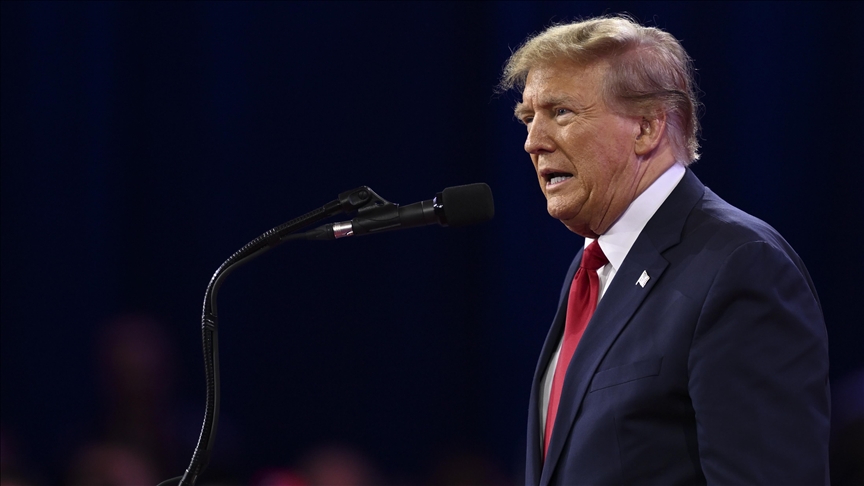WASHINGTON: US Republican presidential nominee Donald Trump has won the midwestern states of Indiana and Kentucky while his Democratic challenger, Kamala Harris, has picked up Vermont, in the first state victories Tuesday called by The Associated Press.
With statewide poll closures now in effect for the key swing state of Georgia, as well as Indiana, Kentucky, South Carolina, Vermont and Virginia, Trump has claimed 19 Electoral College votes to Harris’ three.
Nearly 86 million people cast early ballots in this year’s election by mail or in-person voting, according to data from the University of Florida’s Election Lab. That is far short of the more than 101 million who did so in 2020 when the US was in the throes of the coronavirus pandemic.
As of Monday, Trump and Harris were locked in a virtual dead heat nationally, with Harris just +0.1% ahead at 48.7%, and Trump at 48.6%, according to a compilation of polling compiled by the RealClearPolitics website. Harris has gained steadily in recent weeks, erasing a lead Trump built up in the final months of the campaign.
Swing states likely to decide race
But rather than national support, the race is all but certain to come down to seven key battleground states — Arizona, Georgia, Michigan, Nevada, Pennsylvania, North Carolina and Wisconsin — where the nominees are facing similarly narrow contests with spreads well within the polls’ margins of error.
Trump’s lead is greatest in Arizona, where he is up by 2.8%, followed by Georgia (+1.3%), North Carolina (+1.2%), Nevada (+.06%), and Pennsylvania (+0.4%). Harris continues to lead in Michigan (+0.5%) and Wisconsin (+0.4%).
The polls have margins of error of between 3% – 5%.
Both candidates spent the final week before the election campaigning hard in those states, with Harris visiting Pennsylvania for a series of rallies in multiple cities Monday. Trump spent the day there before a late-night rally in Grand Rapids, Michigan.
It is highly unlikely that major media organizations will declare a victor Tuesday night, as had been the norm up until 2020, due to the closeness of the races in the battleground states.
Battleground states are pivotal because the US does not directly elect its presidents. Instead, the process plays out via the Electoral College, where 538 representatives cast ballots in line with their states’ outcomes.
Either candidate needs to secure 270 Electoral College votes to claim victory. Electors are allocated to states based on their population, and most states give all of their electors to whichever candidate wins the state in the general vote.
The winner-take-all model is not followed in Nebraska and Maine, however, which instead allocate their votes based on the outcome in congressional districts, as well as the state’s popular vote winner.
Control of Congress up for grabs
Further down the ballot, voters will determine the composition of the next US Congress.
In the Senate, 34 seats are up for election. Senators are elected to six-year terms and one-third are elected every two years. Roughly four of the races are considered toss-ups, including contests in Michigan, Ohio, Pennsylvania and Wisconsin, which are currently held by Democrats.
Republicans are slightly favored to win control of the Senate, but whoever emerges victorious will be left to navigate a precarious razor-thin majority. In the 100-seat chamber, due to procedural rules, parties often need 60 rather than just 50 votes to pass legislation.
All 435 seats in the House of Representatives are up for election, and as in the Senate, most forecasts have the chamber near-evenly split. A couple dozen competitive elections will determine if Republicans or Democrats will control the House.
At the state and local levels, voters will decide on a range of initiatives and races, from school boards to state-level ballot measures that can hold the weight of law. A total of 11 governor’s races are also being contested.


